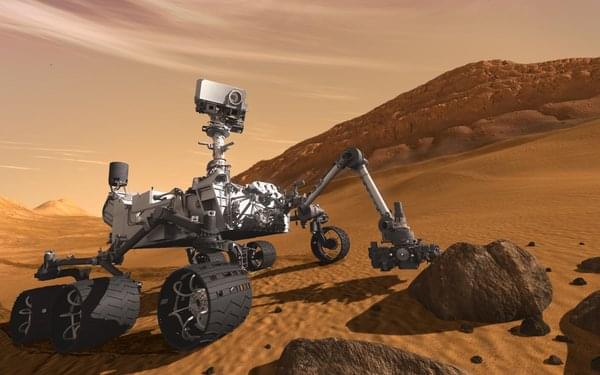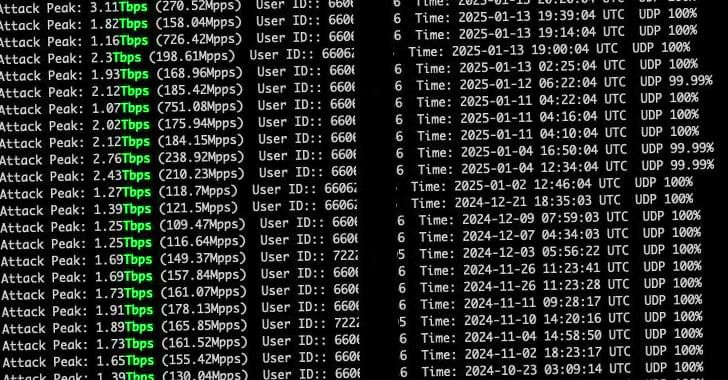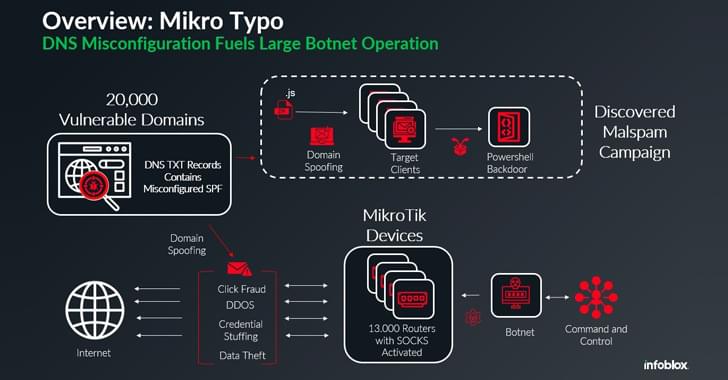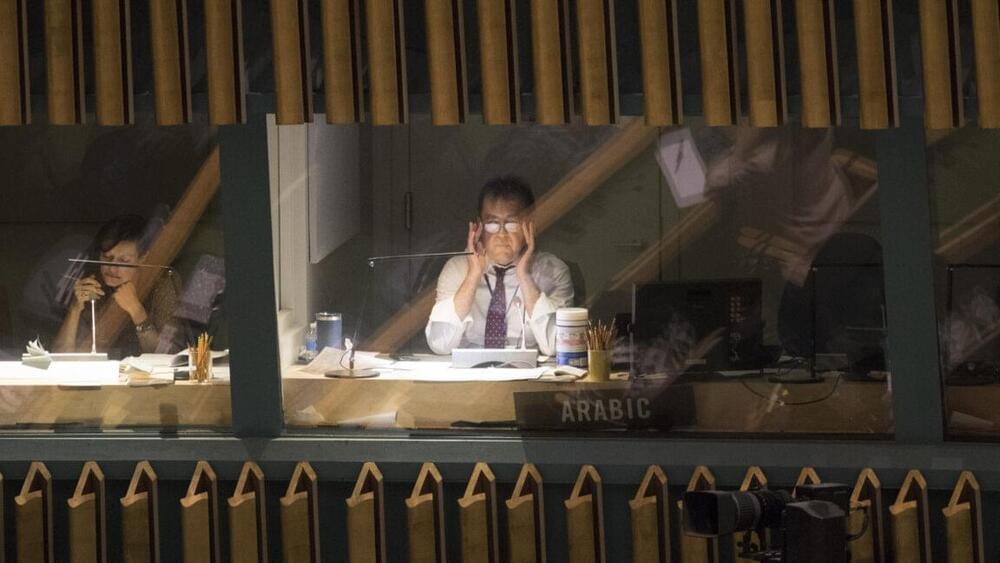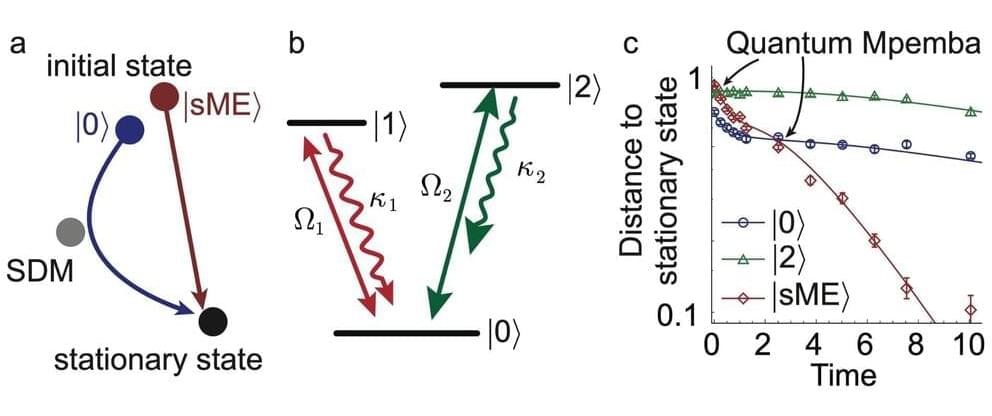Researchers have discovered two sets of ancient wave ripples on Mars, signatures of long-dried bodies of water preserved in the rock record. Wave ripples are small undulations in the sandy shores of lakebeds, created as wind-driven water laps back and forth. The two sets of ripples indicate the former presence of shallow water that was open to the Martian air, not covered by ice as some climate models would require.
Ripples are one of the clearest indicators of an ancient standing body of water that can be provided by the geologic record. The team estimates that the ripples formed around 3.7 billion years ago, indicating that the Martian atmosphere and climate must have been warm and dense enough to support liquid water open to the air at the time.
The research is described in a paper appearing in the journal Science Advances. Caltech’s John Grotzinger, Harold Brown Professor of Geology, and Michael Lamb, professor of geology, are principal investigators on the study.
